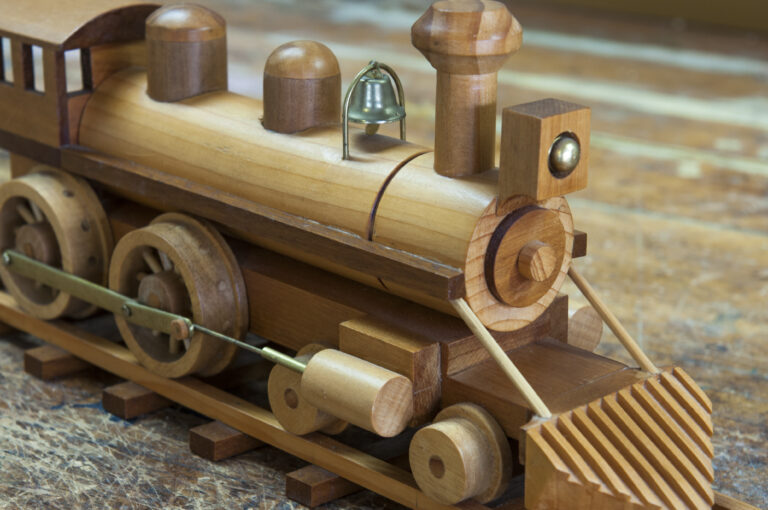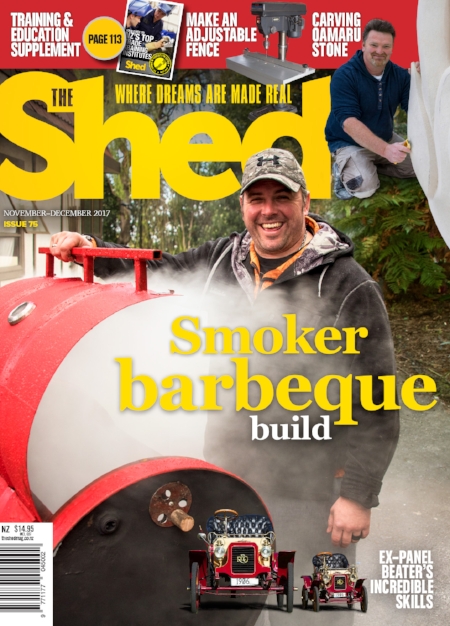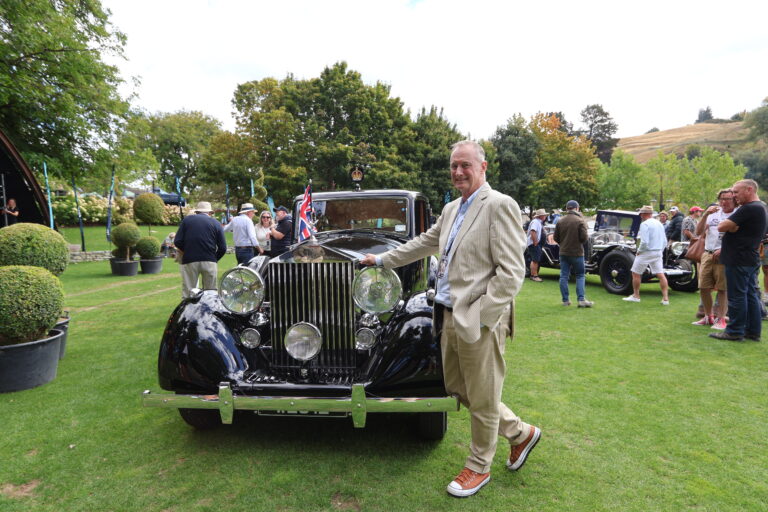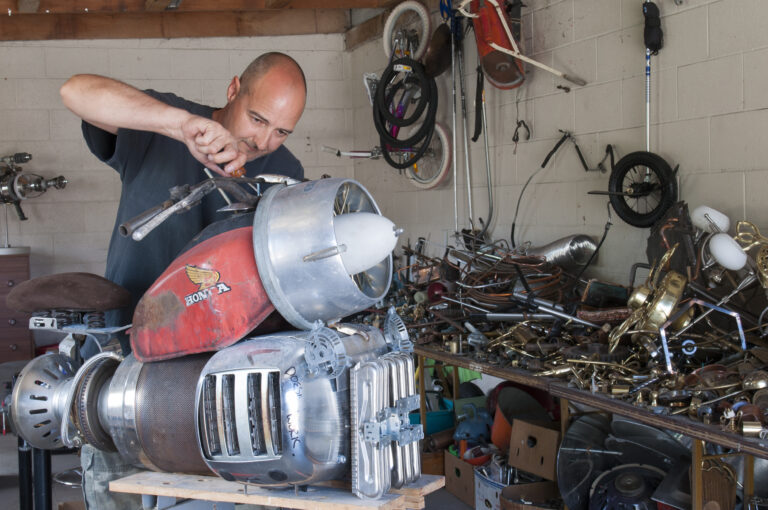In the November–December 2017 issue of The Shed we get ready for all that summer fun outside the shed and get building a Cold Smoker Barbeque out of a couple of metal drums. Evan Wade and Jude Woodside show us how. This issue also boasts our Annual Training and Education Supplement for youngsters looking for a trade career, see page 113 for that 16-page guide. We head to Whanganui, to the home and shed of ex–panel beater Ian Chamberlain, a man of extraordinary talents. From restoring a 1906 REO, to building a 64-note organ and placing it on a vintage truck, to repairing and restoring the Waimarie paddle steamer and, much, much more — a true Sheddie is Ian. We learn how to be a Solar Buddy light builder and how to build a simple stylish desk made with minimal hand tools. Shaugn Briggs is a limestone carver from Christchurch who took a risk with his career to follow his passion; and we meet another artist, Gregor Kregar of West Auckland whose sculptures of metal, wood, lead-crystal glass and neon are created in a shed with all the tools every Sheddie could wish for. Michael Wolfe shows us his amazing model build of a Swiss train, an SBB RAe II, before Enrico Migliano shows us the basics of 3D printing, including some really useful tips. We have a step-by-step guide to the dying art of chrome plating and part two of Bob’s tips for the ideal metalworkers’ shed. As Christmas is just around the corner Mark Beckitt creates a unique LED light as a gift and Coen Smit shows us how to modify your trailer to ease hooking up to your vehicle on your own. Bob Browning makes a very useful addition to a drill press with his guide on how to build an aluminium fence, and Jim Hopkins closes this issue from his sickbed writing his Back O The Shed column. What a soldier!

Child’s play
When you are a carpenter by trade with an interest in cars and still young at heart, making wooden toys has to be the perfect retirement occupation—although many of Alan Gray’s “toys” are not the sort of playthings you would put in the hands of small children. His meticulously crafted vintage vehicles, fashioned mostly from native timbers, mahogany and macrocarpa, can take around 60 hours to make and are more collectors’ pieces.
To keep the real kids happy, he has a more robust range mostly made from pinus radiata— diggers, trucks, pull-along hippos and the like.
Alan, 71, and his wife, Lesley, have been living in Cromwell for the past six years. Originally from Dunedin, Alan trained as a carpenter but turned his hand to fishing after moving to Stewart Island. He then spent the best part of three decades skippering boats for the Department of Conservation.



